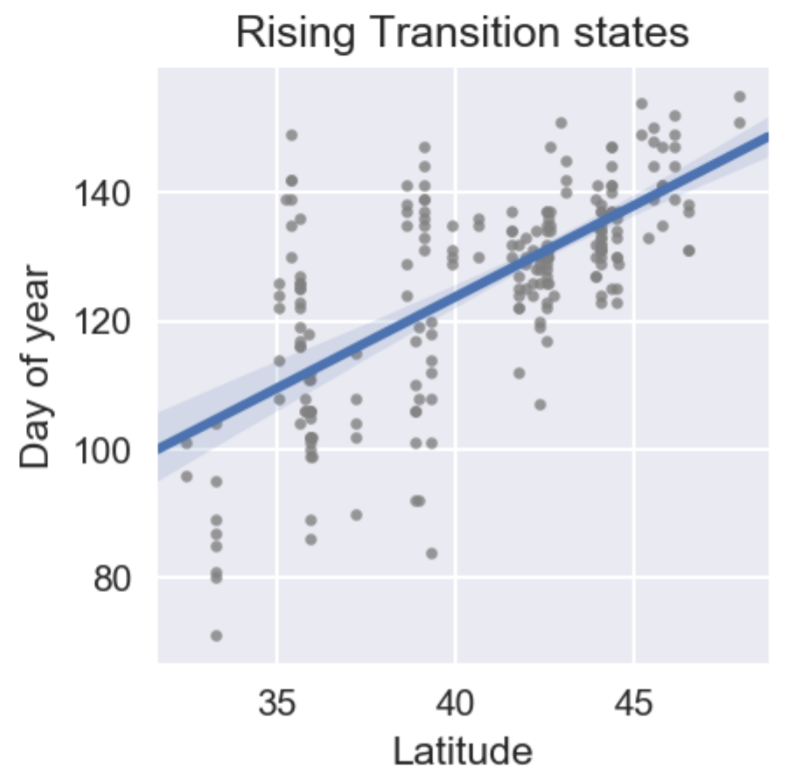Can We Infer Seasons by Looking at Nature?
Published:
Seasons on Earth are a result of the tilt in its axis of rotation. Many studies suggest that the astronomical definition of summer corresponding to a fixed time of the year around the summer solstice is no longer appropriate owing to changing climatic conditions. Due to shifting climatic conditions, many regions are experiencing longer, drier summers since the beginning of the second half of the 21st century. The impact of such extremes on vegetation growth cycles is not fully understood.
From a plant perspective, spring and summer collectively correspond to the growing and producing period of the year. Fall and Winter is the period of accumulation and storage. These cycles are manifested in beautiful colors in the deciduous forests of northern hemisphere. The change in color of leaves corresponds to the breakdown of chlorophyll as plants try to retrieve the substances it had produced to enable photosynthesis. Subsequently, after change of color, leaves dry up due to lack of water and finally “fall” to the ground. On the other hand, during the onset of spring, abundance of sunlight and suitable weather conditions spark the growth cycle again. If changes in leaf senescence can be measured statistically, it can potentially be used to study the response of vegetation to changing climatic conditions.
In this project, I analyzed readily available data-set of vegetation color from over 120 sites across USA. I used statistical analyses to quantify the change in states of the vegetation based on the greenness of their color. I confirmed that change in leaf colors correspond to the shift in seasons using a hypothesis test.

Linear regression between date of leaf greening and latitude. Slope of fit represents tilt in Earth’s axis
